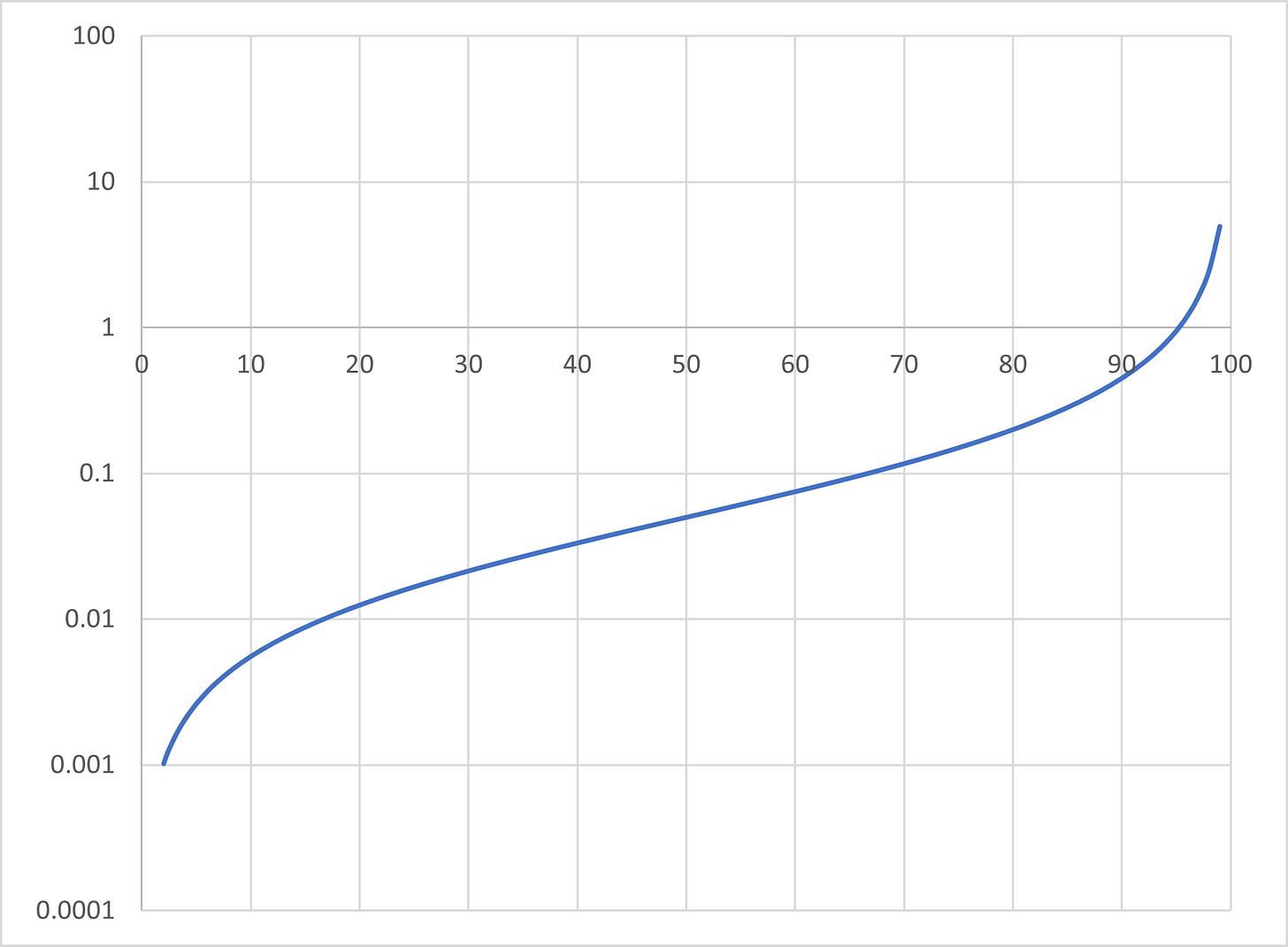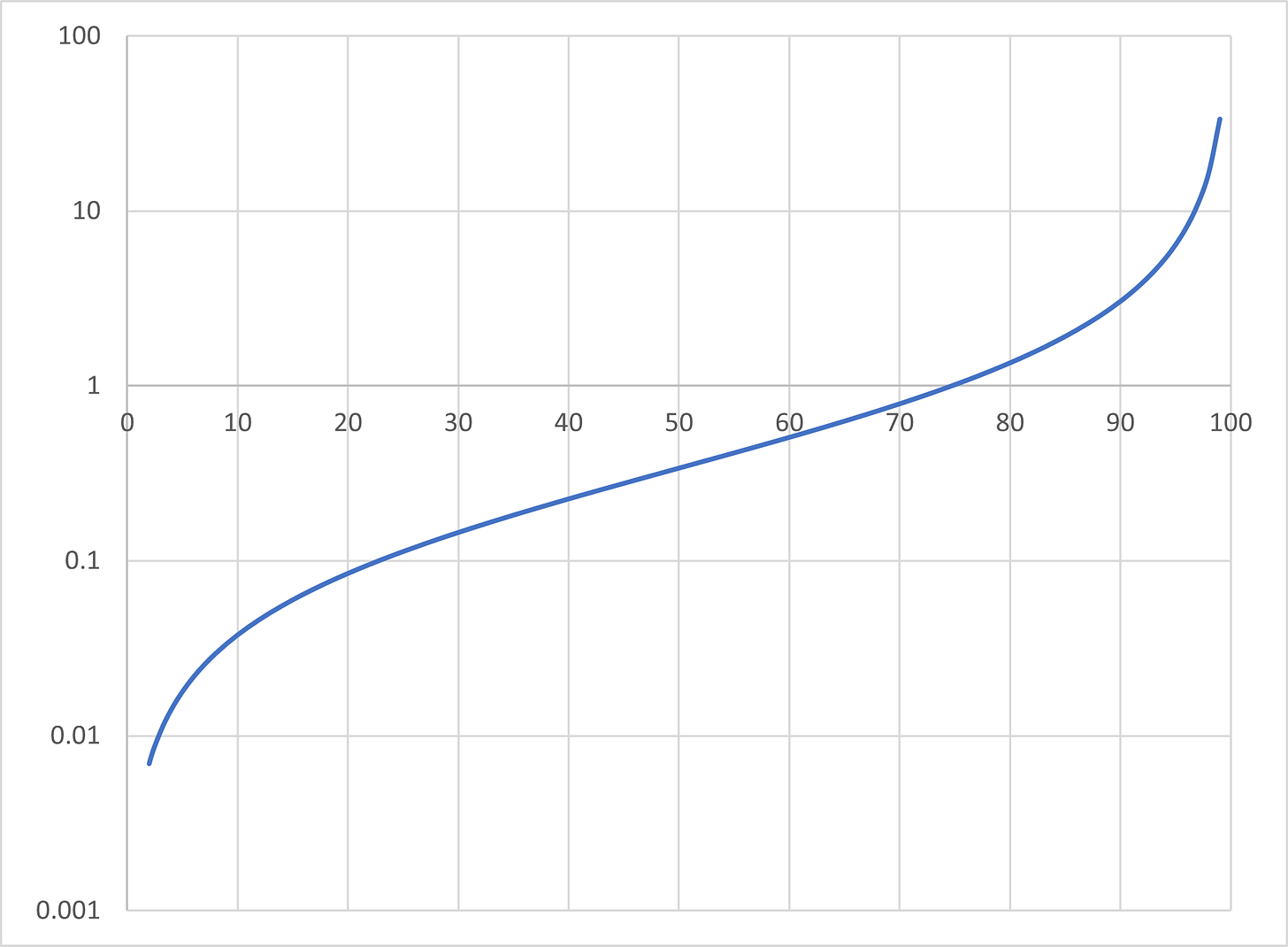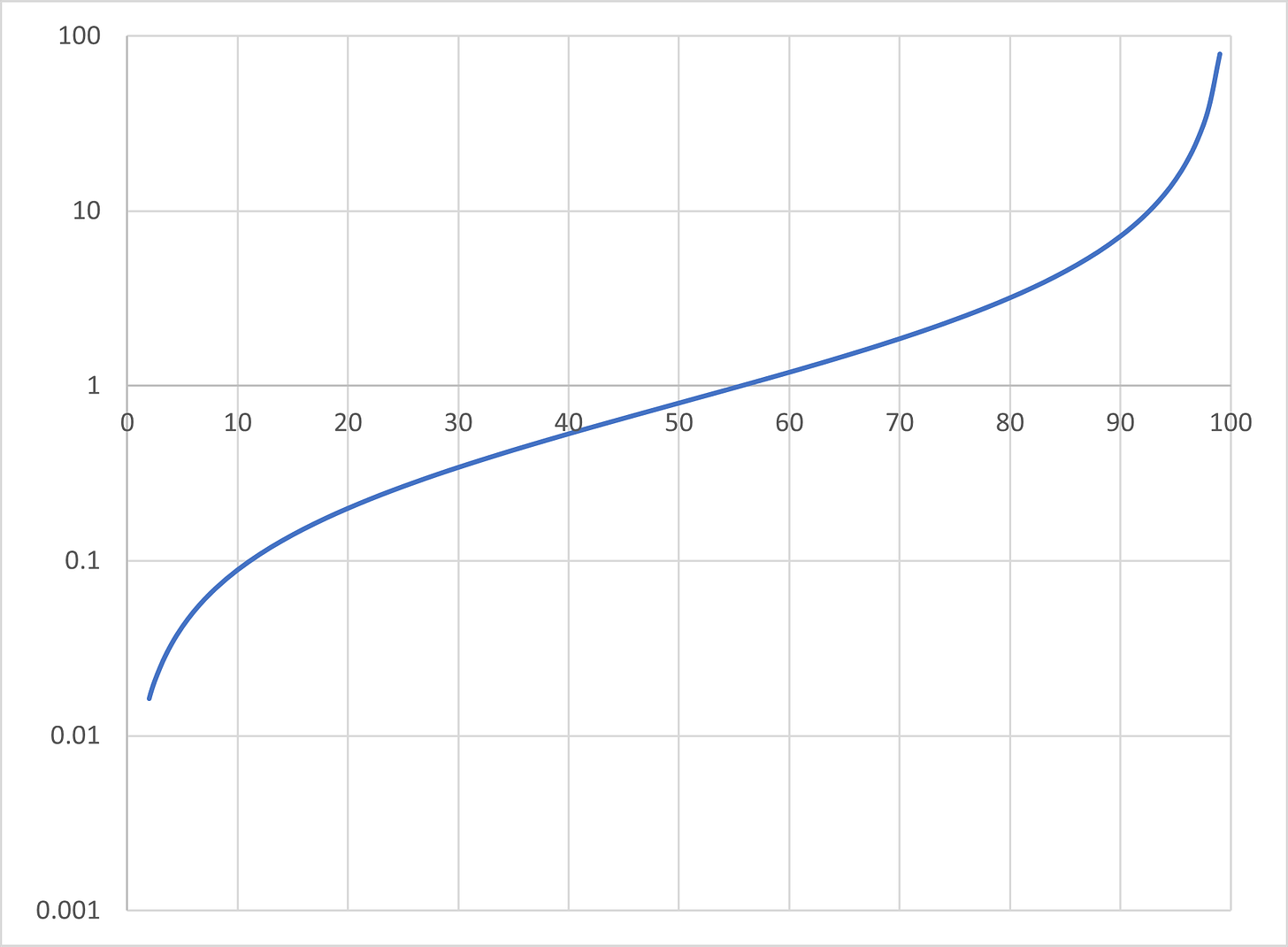Who Gets More COVID-19? Vaccinated or Unvaccinated? Here's How to Tell.
There were tell-tale signs of vaccine failure well before Omicron. How to be ready for COVID-19.
We’re told this is now a pandemic of the unvaccinated. So why do we see so many vaccinated cases?
Vaccinating during an outbreak is widely known to be a bad idea due to the effects of leaky vaccines leaving behind variants that are immune to the effects of vaccination.
With COVID-19, the promise of vaccination was that it would end the pandemic: vaccinate because it will protect others, and yourself. We were told vaccination would end transmission.
As the virus evolved away from the vaccine, vaccine efficacy dropped. When a vaccine is developed, the vaccine is well-matched to the original virus (or bacterium). At that point, a split occurs in the viral lineage: the circulating virus goes on its own evolutionary trajectory, separate from any lineage grown in medium that is then used to develop antigen for use in the vaccine. (In the cases of measles and mumps, the MMR vaccine is now failing due to antigenic drift, but Merck would not care for you to know this because they would lose their license).
In the of the mRNA vaccine, the source of the vaccine antigen is a computer file - the laboratory process of growing the mRNA in plasmids. The ability of an mRNA vaccine to induce neutralizing antibodies against more recent variants depends on how fast the wild-type viral lineages evolve away from the computer file.
The mutational processes impart random changes in the spike protein coding mRNA in the wild-type viruses. Those mutations that lead to amino acid changes in the spike protein that cause a reduction in the match between the spike protein amino acid sequence encoded by the DNA plasmid and the lab. To update the vaccine, the computer file is updated, and the plasmids produced then are updated. Moderna and Pfizer has not been updating the vaccine to target emerging variants, in part due to the regulatory grey zone that such a move would create.
Importantly, the drop in vaccine efficacy is not the same as “waning immunity”. Waning immunity is the loss of immunity in individuals who have been vaccinated, which occurs when the narrow immunity induced by a single antigen source is used.
Loss of vaccine efficacy has occurred even as vaccine coverage has increased. When a claim is made that “there are more cases in the unvaccinated” or “there are more cases in the vaccinated”, it is important to be able to know what the expected proportion of vaccinated and unvaccinated cases.
Luckily, we can determine this with math.
We need a few data points:
(1) Population size
(2) Percent vaccinated at a given time
(3) Infection rate at any time
These are operational values to allow the exercise to be conducted.
Remember the goal is to calculate the ratio of EXPECTED vaccinated - to - unvaccinated cases.
The analysis will hold vaccine efficacy constant, so we can see the effects of increasing the vaccination coverage on R = vaccinated:unvaccinated cases in the population.
We will vary VE. The x-axis in these are vaccination coverage; the y axis is the ratio of vaccinated to unvaccinated cases (R).
VE = 95
At VE = 95%, the switchpoint is 95% vaccination coverage. We should not see more breakthrough cases than cases in the unvaccinated under vaccination coverage is more then 95%.
VE 66
If vaccine efficacy is 66%, the switchpoint occurs at vaccination coverage of about 74.5%. When VE = 66%, we should not see more breakthrough cases than cases in the unvaccinated under vaccination coverage is more then 74.5%.
VE 0.33
With VE = 33%, we would see more breakthrough cases than new unvaccinated cases when vaccine coverage is only 60%.
Comparison to Real World Data
Hopkinsmedicine.org cites a recent study that found that 1 in 100 fully vaccinated people can be expected to be infected. Generally speaking, before vaccination, the current infection rate was, on average, about 1.2% of the population. We therefore expect an average of 1.2% of people who are unvaccinated to be infected and detected as a case over any period of time.
The comparison of 1.2% to 1% suggests a 20% reduction in risk of infection.
At VE = 20%, we expect that there will be more breakthrough cases when over 55% of the population is vaccinated.
So, what percent of new cases are really in the vaccinated, and what does that say about vaccine efficacy?
In the July Barnstable County data, 74% of new cases were vaccinated. At that time, about 69% of the population was vaccinated. The ratio of breakthrough cases to unvaccinated cases 2.84.
Using the analysis, we can reverse the question and solve for the necessary vaccine efficacy.
With 69% of the population vaccinated, and 74% of new cases found in the vaccinated, the only value of vaccine efficacy that can generate this result is -0.28.
That’s a far cry from VE = 20%. In fact, this strongly suggests disease enhancement.
These data were published in July, 2021 - and that prompted CDC Director Rochelle Walensky to inform the vaccinated that they should still make indoors and practice social distancing. Her policy shift, however, did not go far enough.
This result would also explain the finding that more highly vaccinated Western countries have more new cases.
The argument of mandates to protect the immunocompromised cannot be supported. The argument of widespread vaccination to reduce COVID-19 transmission cannot be supported, in fact, vaccination appears to make it worse.
The argument of self-protection is arguably not supported, because by vaccinating, you are contributing to the perpetuation of the endemicity of the virus considering the whole population. Including your future self.
So, if you accept that personal protection from the vaccine is likely (reduction in symptoms), it means that you are putting someone else in the future of risk of infect by flattening the curve.
From the beginning, I argued that we need to truncate the curve with a combination of isolation, sanitation and antivirals.
The long COVID-19 nightmare is the direct result of dismissal of the science of early effective treatments, because if they had been embraced, mass-production of Ivermectin would have been undertaken, and there would have been enough to consider prophylaxis.
Science supports that people who are not on the Brownstein protocol - vaccinated or not - you should be very, very concerned. People who lapse might be a risk, too.
At this point, science also supports that people who have their immune system ready via the Brownstein protocol will be key for your eventual case of COVID-19, vaccinated or not will likely fare far better than if they were not ready.
And we need far more awareness of studies on the prophylactic effects of repurposed drugs and supplements. [Pubmed Link].
As always, talk with your doctor before making any changes to your medical care.
NB: There could be other factors that explain the need to invoke negative vaccine efficacy to reconcile the Barnstable County data. One fact is that the authors reported that the PCR cycle threshold distributions were comparable, so it’s clear they were reporting all vaccinated cases, not only those with Ct>28. This to me seems to be an honest report not tainted by CDC manipulations on perspective.
PS: I recently learned that the old protocol for remdesivir of 10 days was harmful and led to kidney failure. The new protocol is 5 days, due to studies that showed no added benefit of prolonged exposure. This should reduce toxicity. Again, not a recommendation, talk w/your doctor.
References
David Brownstein, M.D., Richard Ng, M.D., Robert Rowen, M.D., Jennie-Dare Drummond, PA, Taylor Eason, NP, Hailey Brownstein, D.O., and Jessica Brownstein ARTICLE A Novel Approach to Treating COVID-19 Using Nutritional and Oxidative Therapies. 2:4-22. https://www.publichealthpolicyjournal.com/clinical-and-translational-research
https://www.cdc.gov/mmwr/volumes/70/wr/mm7031e2.htm
https://www.hopkinsmedicine.org/health/conditions-and-diseases/coronavirus/breakthrough-infections-coronavirus-after-vaccination









Your analysis is also supported by Bartram's analysis that the vaccinated who die from covid do so after a longer period of minor symptoms.
"While the majority of deaths with covid occur in the 28 days following their positive test, there appears to be a relatively larger number of vaccinated dying after this point, compared with the unvaccinated" -- https://bartram.substack.com/p/are-deaths-in-the-vaccinated-delayed
So the vaccine reduces symptoms but does not clear the infection. In some cases, the infection eventually the infection gets the upper hand and hospitalization/death ensue.
Wouldn't a stated vaccine efficacy of 90% in children actually be closer to a -10% efficacy since children don't contract COVID?